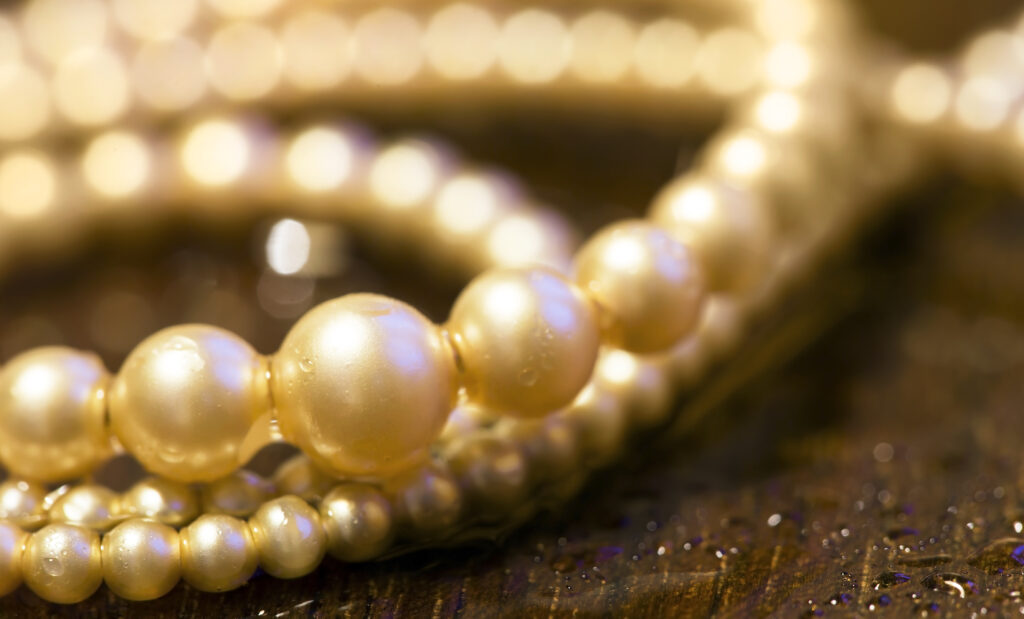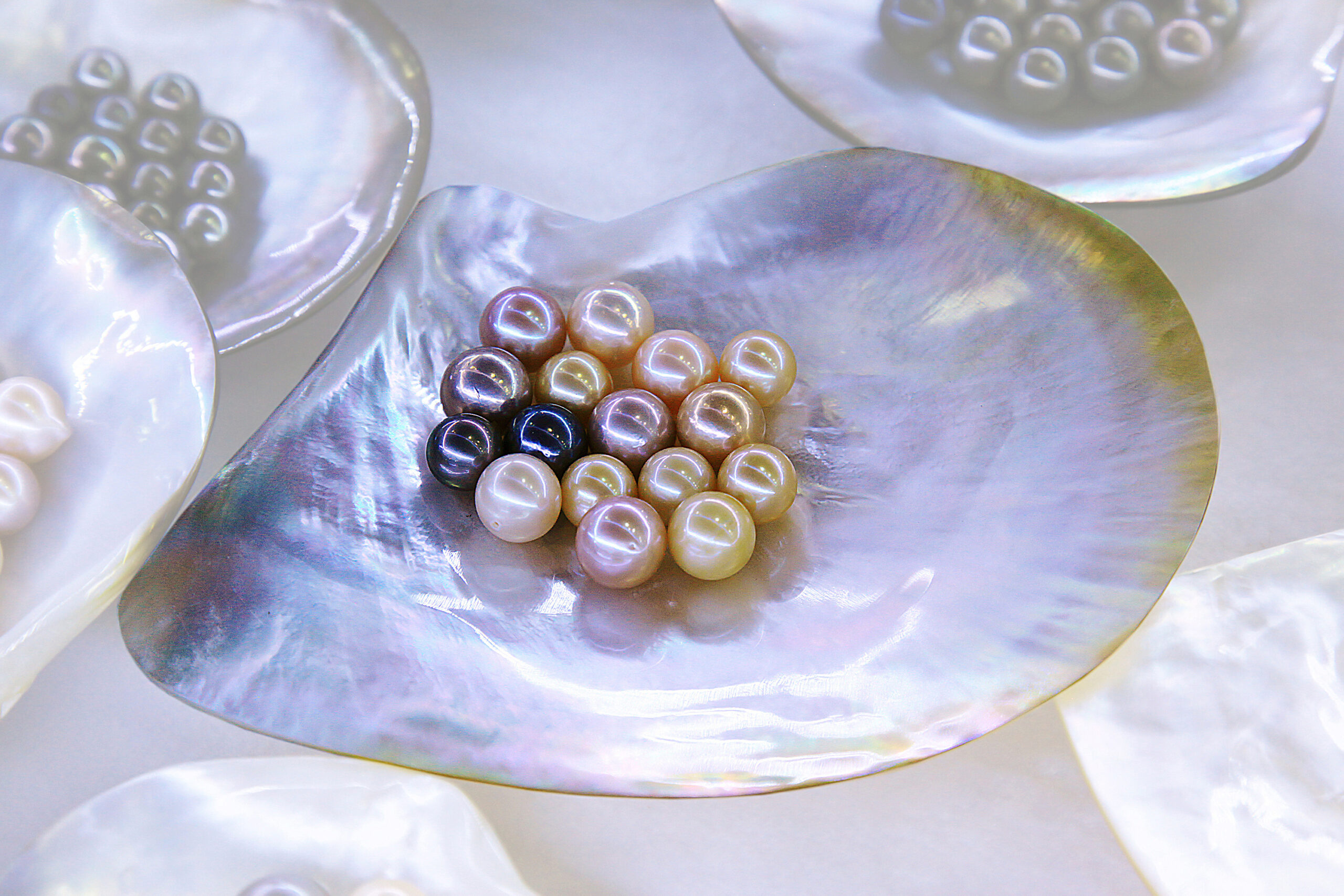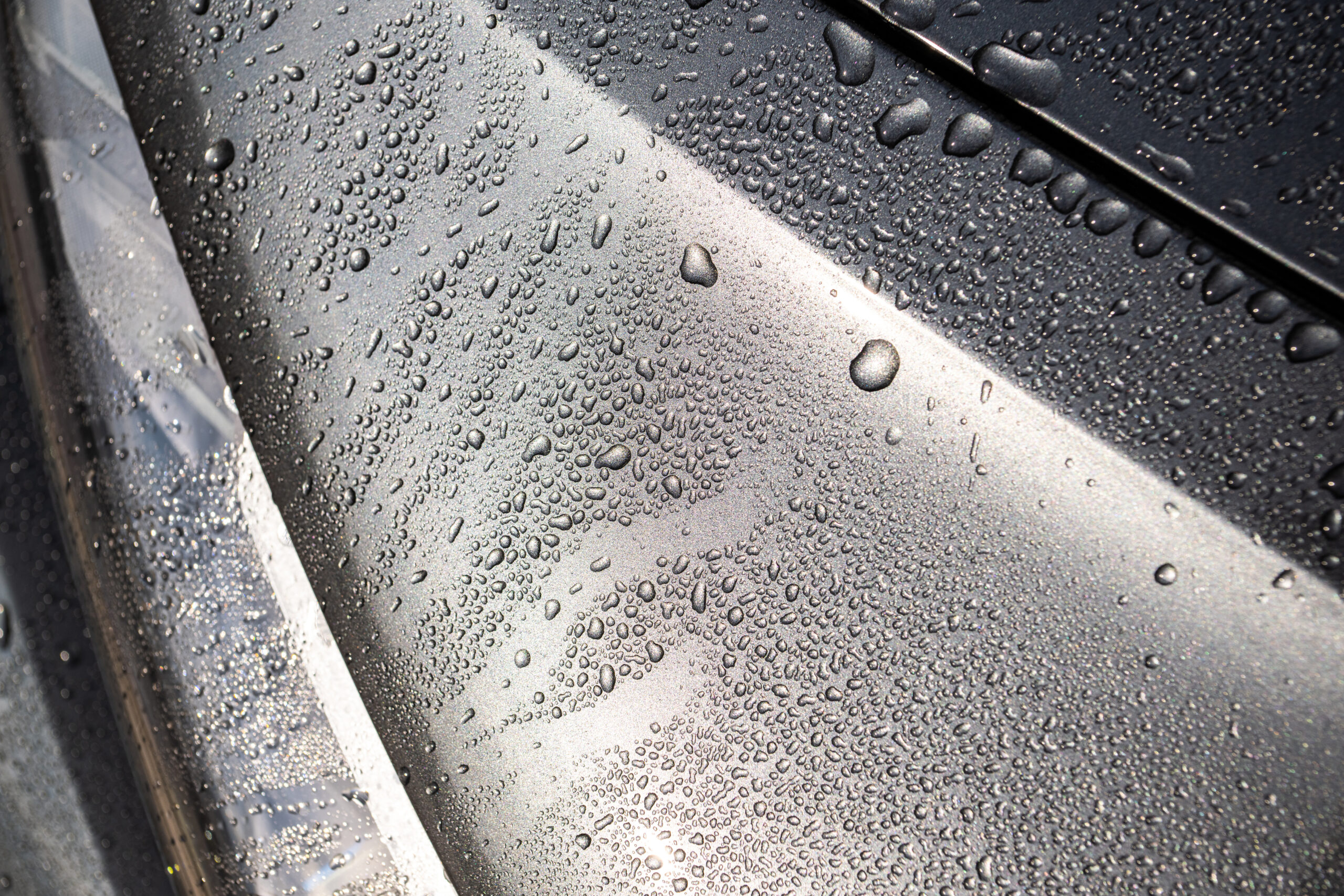Pearls possess a timeless elegance that effortlessly elevates any outfit from ordinary to sophisticated. Whether it’s a dainty pair of pearl earrings or a luxurious string of pearls, these lustrous gems have the power to captivate. However, in the vast world of pearls, there are two categories: the genuine ones and their imitations.
While imitation pearls can often deceive the eye from a distance, nothing can replace the allure of authentic pearls. So, how can you discern if pearls are genuine or not?
Unveiling the Secrets: How to Spot Genuine Pearls
To begin with, it’s crucial to understand the distinction between real pearls and their imitations:
Real Pearls: True pearls are birthed within oysters. They can originate from either freshwater or saltwater oysters, be cultivated or wild-caught, as long as they derive from living oysters, they are classified as real pearls.
Fake Pearls: On the other hand, imitations are crafted to resemble genuine pearls, but they are made from materials like plastic, glass, alabaster, or even seashells.
Now that you’re familiar with the difference, let’s explore how you can distinguish between the two. Here are some key indicators to look out for: appearance, temperature, grittiness, and weight.

Appearance:
While high-quality faux pearls can closely mimic genuine pearls, careful observation can reveal subtle disparities.
Authentic pearls will never possess identical features. Examine them closely, and you may notice slight irregularities between each pearl. If they all appear perfectly uniform, it is likely that they are imitations.
Although expensive real pearls are matched to achieve as close a size resemblance as possible, there will still be some natural variation present.
Moreover, the color of pearls can provide valuable insight. Genuine pearls emanate a natural luster, exhibiting hues that range from delicate pinks to captivating greens. Conversely, faux pearls often lack this natural radiance, appearing more glassy or plastic in nature.
Temperature:
When you initially touch real pearls, you’ll notice their coolness, a result of their organic origin within oysters. However, as you wear them against your skin, they gradually warm up to match your body temperature. In contrast, fake pearls will remain at room temperature.
Grittiness:
Genuine pearls possess a unique texture that, when lightly rubbed against your teeth, reveals a subtle grittiness that imitations cannot replicate. This test is often hailed as the most reliable method to distinguish real pearls from fakes.
Weight:
While assessing the weight of pearls was once a reliable technique, the presence of solid glass faux pearls has complicated matters. Real pearls tend to be denser and heavier than hollow glass, plastic, or shell imitations. However, it’s worth noting that solid glass fakes can sometimes outweigh even genuine pearls.
To test the weight of your pearls, gently heft them in your palm. Authentic pearls will surprise you with their substantial weight, unlike cheaper costume jewelry. If you’re uncertain, consider complementing this test with the grittiness evaluation to unveil the truth behind your precious pearls.
Now armed with these insider tips, you can confidently navigate the realm of pearls and distinguish the genuine treasures from their imitative counterparts. Indulge in the timeless beauty of real pearls, adding an exquisite touch to your every ensemble.








